The Szekely-Hungarian Rovas Script - an introduction
by Roland Hüse
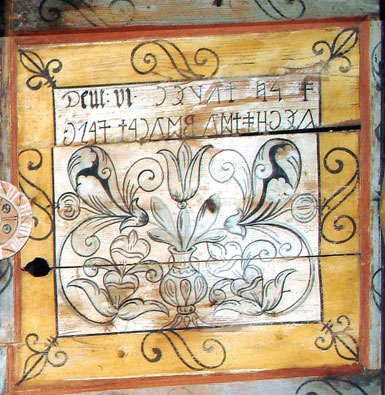
What is Rovas Script?
Szekely Hungarian Rovas is a writing system that is still in use today among Hungarian speaking population worldwide thanks to the Szekely nation that played a major role in preserving this cultural heritage for centuries. This script is originated and evolved from the Steppean and Proto-Rovas Families that were used by various nations and tribes in Eastern Europe and Minor Asia over a thousand years ago.
I has been in use from the the 9th century to date. A phonetic writing system where the glyphs represent sound values. It is developed and evolved specifically to write down Hungarian language. The establishment of the Hungarian Kingdom (1000 AD) adopted Christianity, hence Latin language and writing. The Rovas Script remained in use among the shepherds when they carved short poems and counting the livestock on wooden sticks. The name “Rovas” means carving (mainly on materials like wood but also on stone and metal surfaces). It also means taking notes. Foreign evengelists who arrived to the Kingdom soon recognised that Christanity is accepted easier if religious sermons and prayers are written with this alphabet. This was another way of use that kept it alive, despite the contradiction that Latin has become predominant with the conversion and adoption of the new religion of the Kingdom.
Since the Unicode standardisation process in 2016, the term “Old Hungarian” is now officially used for this script but that may not be the most appropriate, as it implies something extinct which is definitely not the case here.
Timeline and map of Rovas Writing Systems

Linguistic research and archeological findings are revealing more and more relics of this almost forgotten, underrepresented typographical heritage that is regaining popularity these days.
Some of the main findings as of today:
1 “God is One” Religious writing on the Unitarian Church in Énlaka, Transylvania, 1668
2 The Lord’s Prayer from 1598
3 Medieval Coins with Rovas Symbols
Rovas Alphabet
The Contemporary Rovas Alphabet consist of 46 letters, however, it’s clearly a modernised and evolved extended character set that has gone through a lot of changes while borrowing and adopting graphemes and letterforms from Turkic, Greek, Latin and Cyrillic alphabets to represent certain individual letters (besides the sound values) that are compatible with the latin extended alphabet and the way of writing the Hungarian language and using its grammar today. The oldest version of the Rovas character set was only of 32 glyphs in which, many had different versions depending on the author or the person that was transcribing latin text in the medieval times. Interesting fact that these 32 letters are still capable to fully cover the modern Hungarian language.
*There is an academic dispute about some characters that are the” foreign newcomers” x, y, w and q. Which, unlike in Latin, if we really want to keep it simple and strictly phonetic, may be unnecessary and can be replaced, or another solution, applied as “ligatures”. These later added characters (after 1860) were finally left out from the Unicode proposal, and don’t have their own codepoints as of today.
This may be reconsidered in the near future as more and more people are using it in the everyday.
*The question is about using the foreign words: foreign words and the academic theory of avoiding “foreign” letters such as x, y, w, q that has been added later to the alphabet in form of ligatures therefore they have no individual code points as of today in the Unicode System.


Interesting Facts, Ligatures and Numbers.
Beyond the basic alphabet, Ligatures are often used combinations of multiple Rovas glyphs. They we’re often used to save space or simply as an experimental typographic style. There are some glyphs that are representing a syllable instead of a sound value. These aren’t even ligatures but separate mysterious symbols so called “Bug symbols” as we can see on the example above.(amp, us, ent, and amp enc)
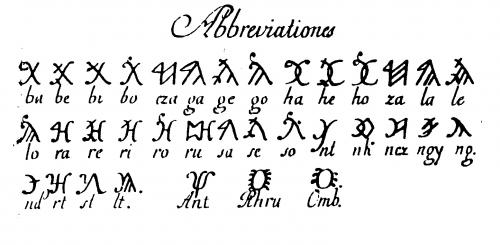
A common method of writing letters: Combined letters, saving space and ligatures.
image below: Ligatures by János Kájoni (1629-1687) Franziscan monk
Rovas is predominantly RTL script but there are examples of LTR (characters are mirrored then), In some cases, both, so called “ox ploughing”. depending on surfaces where it has been being applied onto, vertical layout (from top to bottom) is also commonly accepted.
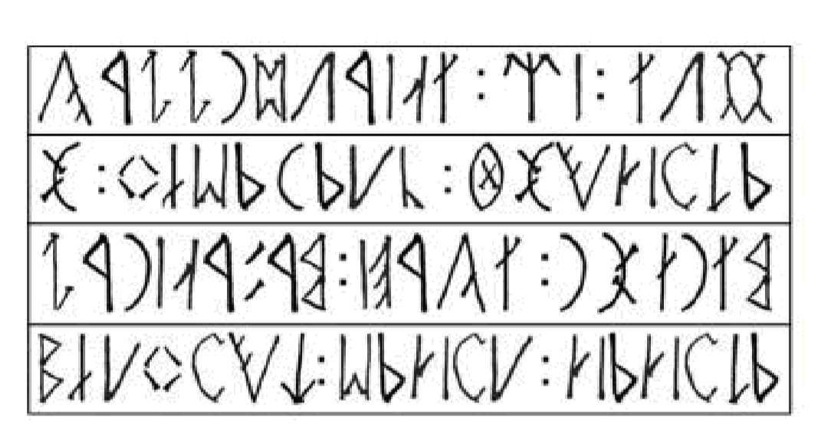
The number symbols consist of straight lines and are very similar to Roman numerals however, there are significant differences as well
The 3 methods for writing numbers:
1.) Additive
2.) Multiplying
3.) Additive + Multiplying
An example of how to write 2023 (direction: RTL, additive method: 2 1000 20 3)
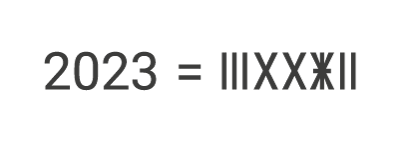
Current Unicode Standard of the Old Hungarian Alphabet:
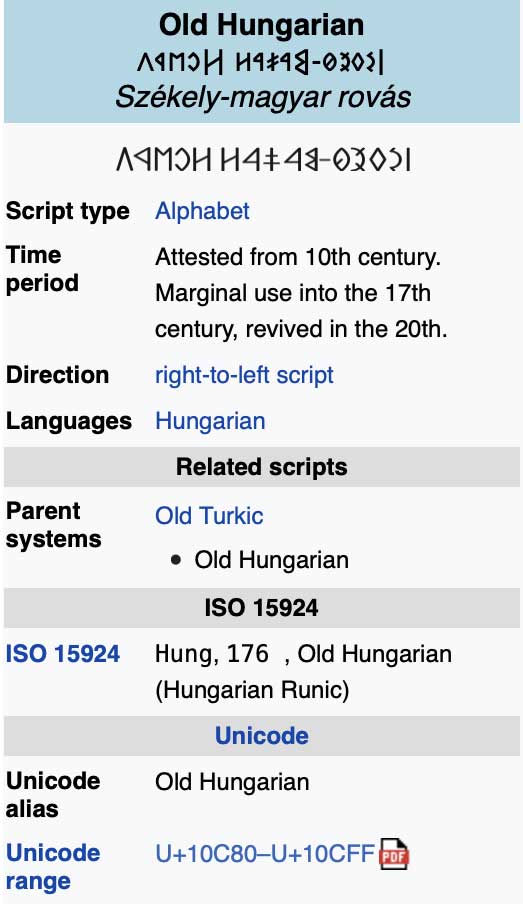
How does Rovas look like today
The most significant use of Rovas Script today is on welcome signs of city limits (200+ cities and towns installed these signs so far).
What’s best showcasing it’s beauty is Art and Calligraphy that produces a growing selection and interpretation of these lettershapes and forms that are compatible and able to adapt any style and form from Latin to other writing systems such as Japanese Shodo Calligraphy.
Other than artistic approach, there are websites (rovasujsag.hu, irastudo.hu) as well as published material, maps, exercise books and other educational material for school (it’s very popular among children).
Lastly but most importantly, for future use, and the spread of Rovas Literacy today (estimated around 100K + users), there is certainly a growing demand for digital use as well. Which is being supplied by Type designers like myself, typography and language enthusiasts from different backgrounds and profession who are passionately working towards the ultimate goal: bringing Rovas Script back to everyday use making “Old Hungarian” the “New Hungarian”.